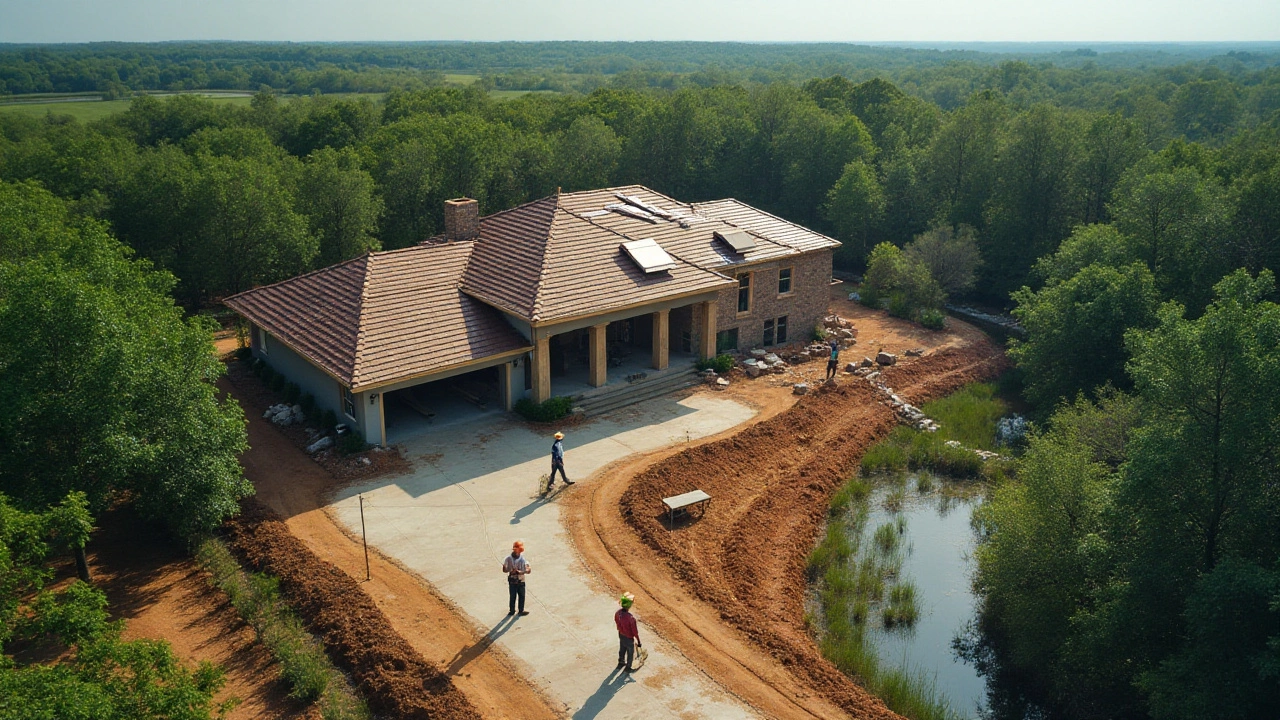New Home Budget: Simple Steps to Keep Your Build on Track
Building a new home feels like a fresh start, but the numbers can quickly get out of hand. If you want to stay in control and still get the house you love, start with a clear budget plan. Below you’ll find easy‑to‑follow advice that covers the biggest cost drivers and smart ways to save without skimping on quality.
Plan Your Big‑Ticket Items First
The first thing to budget for is anything that can’t be changed later – roof, foundation and structural work. A roof that costs $30,000, for example, can feel like a rip‑off until you understand why it’s priced that way. Look at the "Is $30,000 Too Much for a Roof?" post for a breakdown of typical roofing expenses. Foundation repairs are another surprise cost. Knowing the signs of a problem early can stop a small crack from turning into a $10,000 piering job, as explained in the "Foundation Problems" article.
Next, set a realistic figure for the overall construction cost. The "True Cost to Build a 2000 sq ft House in Massachusetts" guide shows how location, material choices and labour affect the final bill. Use that as a benchmark, then add a 10‑15% buffer for unexpected fees. This buffer protects you if you discover mold in a new build, a situation covered in "Can New Build Homes Develop Mold?".
Trim Costs Without Cutting Quality
Once the essentials are budgeted, look for savings in finishes and fixtures. Engineered hardwood and luxury vinyl plank are the hottest living‑room flooring trends for 2025; the "2025's Top Living Room Flooring Trends" post explains that vinyl can give you the look of wood at a lower price and easier installation.
Smart storage solutions also keep your budget tight. The "Creative Storage Solutions" article offers cheap ideas like floating shelves and hidden compartments that add value without a big price tag. When it comes to bathrooms, simple upgrades such as new fixtures or a fresh coat of paint can transform a dull space, as shown in "Transforming a Boring Bathroom".
Don’t forget to compare contractors carefully. Look at average profit margins in the construction industry – the "Average Profit Margin in Construction" piece says a healthy margin is around 5‑10%. If a quote far exceeds that, ask for a detailed breakdown.
Finally, track every expense in a spreadsheet or budgeting app. Write down the estimated cost, the actual spend, and any notes about why the numbers differ. Seeing the data side by side makes it easy to spot where you’re overspending and where you can reallocate funds.
Sticking to a new home budget doesn’t mean you have to live with a bland house. By focusing on the big‑ticket items first, choosing cost‑effective finishes, and keeping a close eye on every pound, you’ll finish your build on time, on budget, and with a space you love. Ready to start planning? Grab a notebook, pull up the posts mentioned above, and turn those numbers into a clear plan you can follow from foundation to finish.
Cost Breakdown: Building a 3,000 sq ft House in Louisiana 2025
- Gavin Whitaker
- |
- |
- 0
Building a 3,000 square foot home in Louisiana involves analyzing various costs, from land and materials to labor and permits. The state's unique climate and geography can influence these expenses. Understanding these aspects helps in budgeting for a new construction project. Tips for potential homeowners include setting a realistic budget and considering local regulations and land availability.
View more